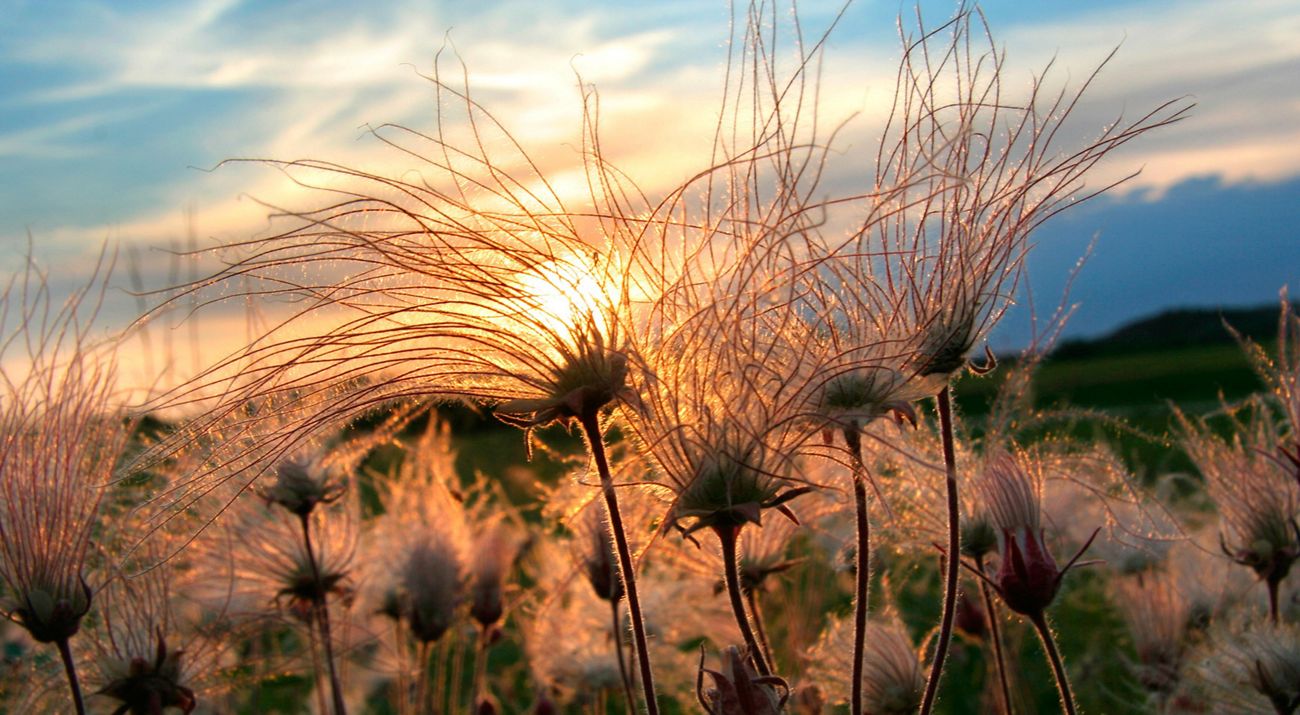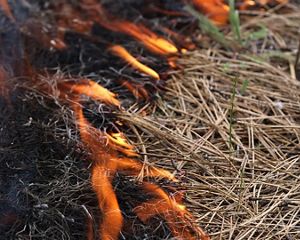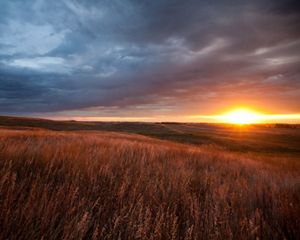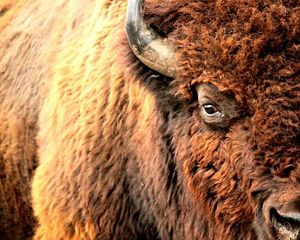Grasslands are one of our most productive and diverse types of habitat here in the Heartland. While often overlooked or dismissed as empty fields, there is so much more going on in them than one can see at first glance.
Indeed, the intricate root systems of native prairie plants plunge deep into the soil, often double and triple their length above ground, bringing nutrients back to the earth and providing important ecological benefits like cleaning water and reducing flooding.
Quote: Neal Feeken
Intact grasslands are natural sponges.
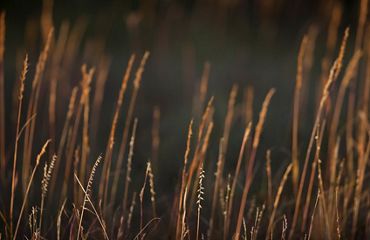
“Having grass on the ground is our first line of defense against flooding and degraded water quality,” Feeken explains.
Unfortunately, we’re now losing prairie faster than we’re able to protect or restore it. Urban development and agricultural conversion are the biggest drivers behind this loss, and the result of it could mean further degraded waters in the Dakotas.
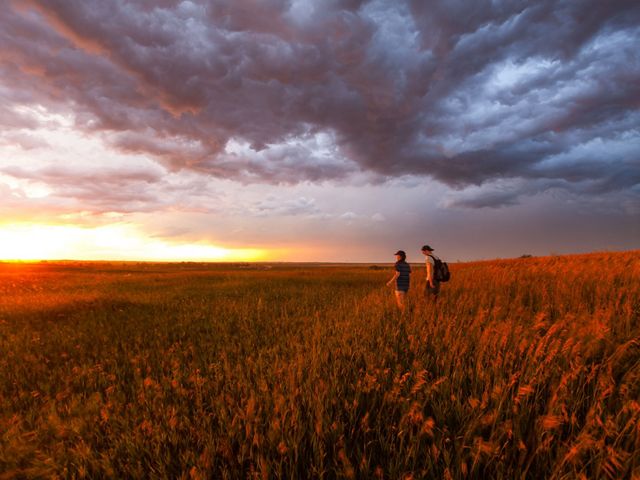
Our Grassland Conservation Roadmap
To stem the loss of prairie, The Nature Conservancy (TNC) is developing a Grass for Water Blueprint for North Dakota and South Dakota. This blueprint identifies grasslands that will have the greatest impact on water quality if protected, plus marginal farmland that will have the biggest benefit to water quality if restored.
Our highest-priority areas for conservation are the Big Sioux River in South Dakota and the Sheyenne River in North Dakota. Both rivers run through intensively farmed areas and have poor water quality.

“The blueprint will guide our work and our partners’ work to prioritize future restoration,” says Feeken. One key partner is the U.S. Fish and Wildlife Service, which protects grasslands with conservation easements to increase habitat for nesting waterfowl. “We want to use our blueprint to add one more layer to their consideration, so the easements would also protect grasslands that are essential to the health of these river systems.”
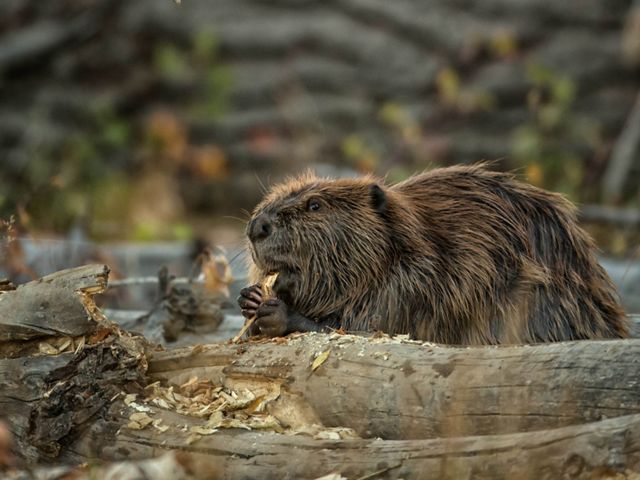
Recreating Natural Systems
TNC is trying a different water conservation strategy in northwestern South Dakota, where habitat along intermittent prairie streams has changed radically since European settlement. “A lot of our prairie streams don’t have any riparian vegetation. The streams aren’t able to slow down and hold water like they once did,” says Corissa Busse, the Conservancy’s western South Dakota conservation manager.
The problem goes back to when pioneers in the early 1800s trapped out beaver that had dammed these streams, creating ponds that contributed to the lush growth of surrounding grasses, wildflowers, sedges and possibly willow trees.
Restored streams also provide habitat to wildlife including pronghorn and sage grouse.
Quote: Corissa Busse
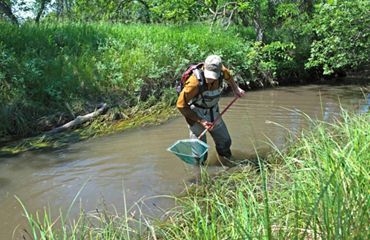
Prairie streams represent only about two percent of the physical landscape, but they provide habitat to 80 percent of the wildlife in the region. It makes sense. Water is life.
This restoration continues as we work with ranchers to build low-cost structures such as artificial beaver dams of local materials like willow and mud to catch runoff. These temporary structures will help restore prairie streams to a more natural condition and in turn, provide better water protection for all of us who rely on it.
Want to Know More?
Sign up here to receive more nature news in your inbox from The Nature Conservancy.
